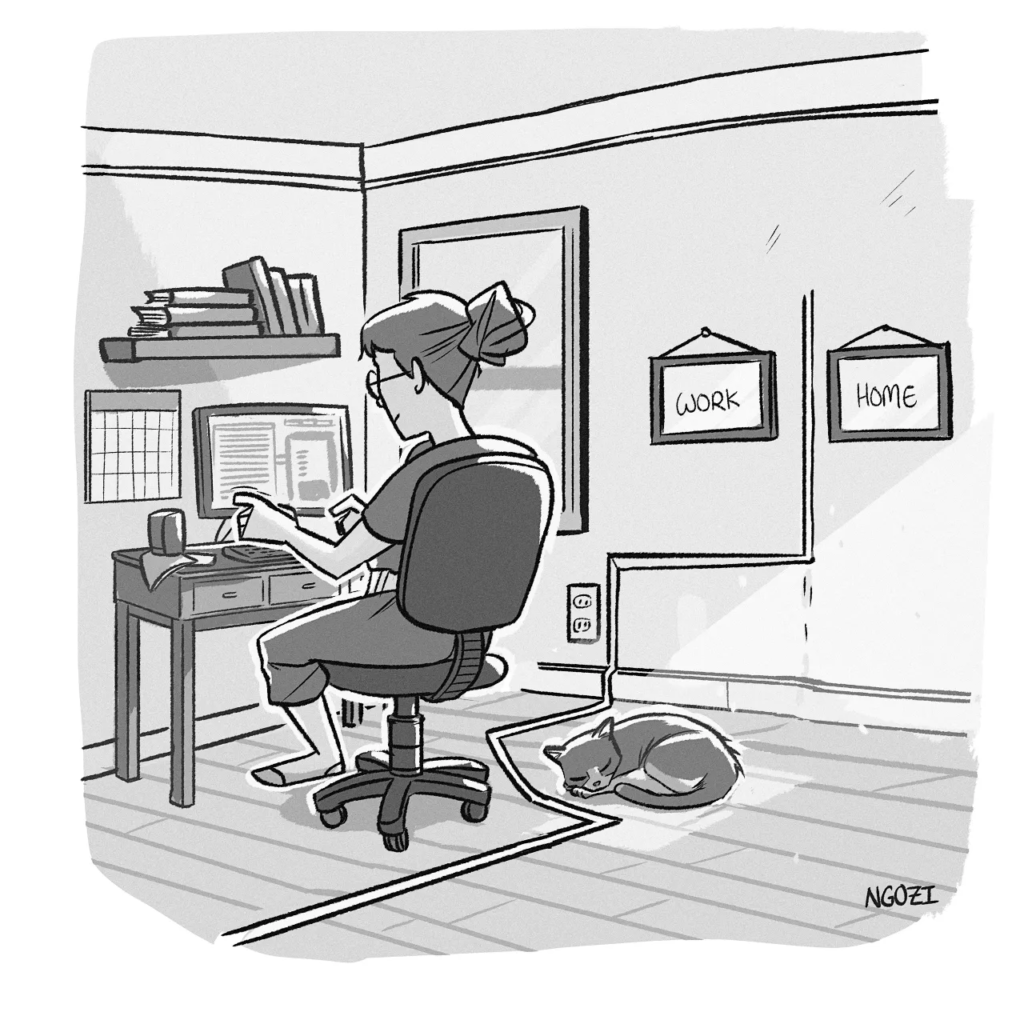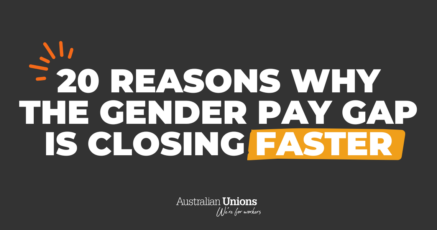The undervaluation of women’s work seeps into both their personal and working lives – though for many women, the division between the two is even more blurred than we think.
Amy Westervelt’s Unpaid Labor Calculator gives a dollar value to invisible labour. The tool reflects obvious duties (like childcare and cleaning), and less obvious things (like providing emotional and psychological support, keeping supplies such as food and toilet paper stocked up, pet care, household budgeting and figuring out government stimulus)
Women spend 2.5 times as many hours on these kinds of unpaid domestic tasks as men.
How did this happen?
In this article by Angela Garbes, she uses Westervelt’s calculator to work out the cost of her own unpaid labour: $300,000 per year.
She asks: how did we get to this place where women’s work is so undervalued? The answer – capitalism relies on it. Society churns on women’s unpaid labour and time.
And during the pandemic, when the line between home and work became even more vague, women suffered further from this double burden placed on them, with many squeezed out of the labour market because of it.
This is why Australian Unions has an action plan for Women and Equality. Among a number of measures, we’re campaigning for:
- Free, universal access to quality early childhood education and care, delivered by highly skilled, properly paid and securely employed educators.
- Expanding and improving Australia’s Paid Parental Leave scheme to provide equal access to both parents to 52 weeks paid leave at full-wage replacement (or the national minimum wage, whichever is greater).
- Guaranteed and enforceable access to secure family friendly working arrangements.
Work//life balance is also a key focus area in Australian Unions’ Working from Home Charter of Rights — including the ‘right to disconnect’.

Can women ever truly clock off?
For many women, the ability to disconnect from unpaid duties is complicated. Women carry caring responsibilities both on and off the clock.
For example, this podcast episode opens in a humming electrical cupboard where an employee pumped breast milk for 45 minutes a day – a sad indication that workplaces were never designed with women in mind.
Men, on the other hand, find it easier to disconnect from work and family life – this new study found that, “When men have a job, they reduce the time they spend at home on care. But when women have a job, they don’t.”
And this report about working from home shows that during the pandemic, less women than men were allowed accommodations to account for increased caring duties without affecting their pay.
What power do we have as women?
The undervaluation of women’s work is embedded into society. Employers aren’t going to address it on their own.
But for over 100 years, unions have been fighting for better pay, better conditions and better recognition for women at work.
Joining your union is the most powerful way you can be part of the movement that envisages a better future for women and drives positive change to get there.







SHARE:
For women, time does not always equal money